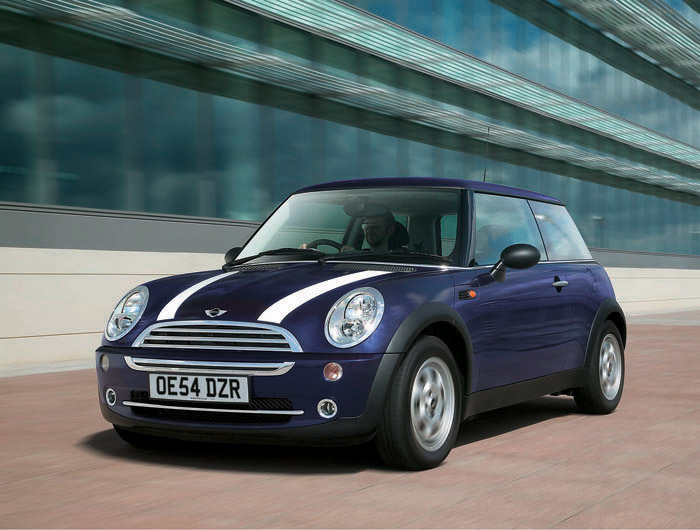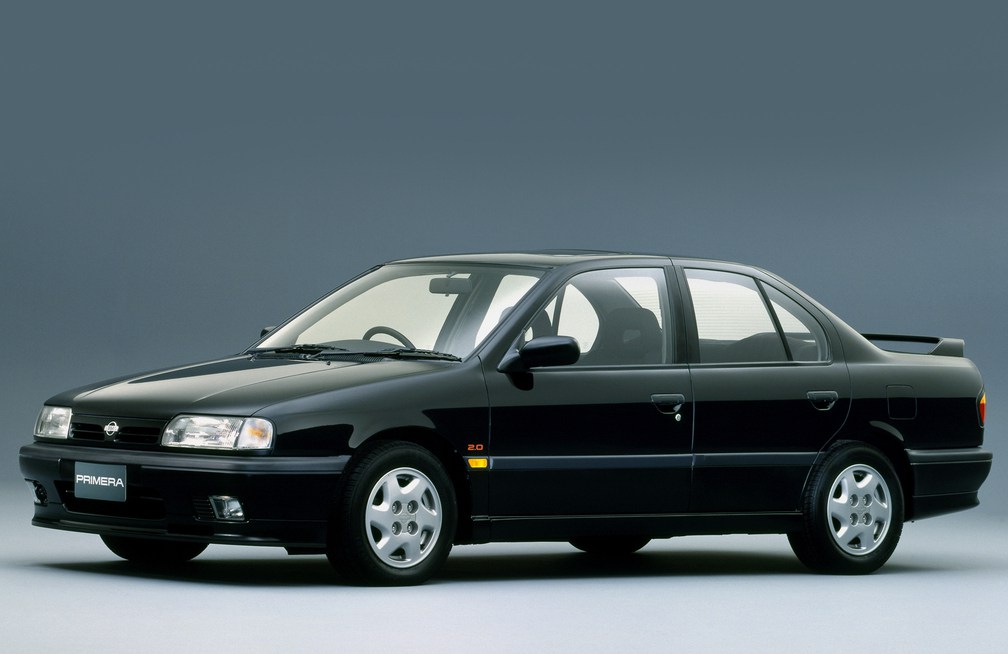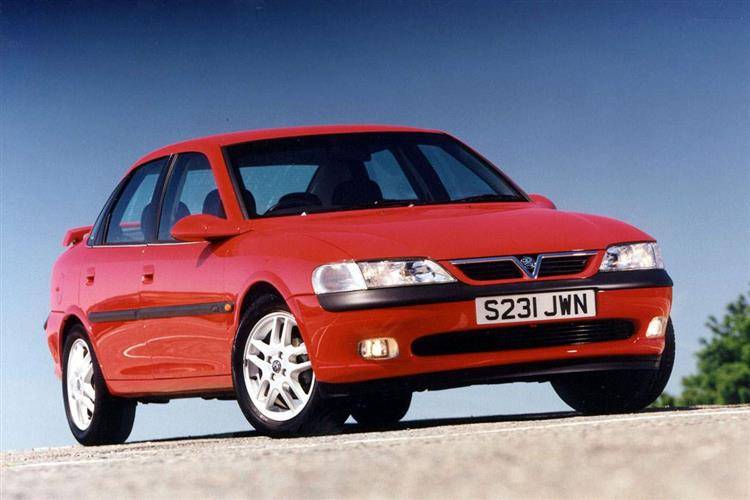I saw an album in the shops while out doing my Christmas shopping. Its cover, adorned with a (non-standard) classic Mini, was entitled “Greatest Hits of the Sixties.”
Interesting that the Mini was used as the ultimate 1960s symbol: in a Warhol-esque repeat pattern across the front of the CD case, Issigonis’ town toddler appears to have come to represent the decade of free love and short skirts.

And its 21st-century homage has become one of the most fashionable small cars on the streets. It’s not just the Mini either. Ford GT, VW Beetle, Fiat 500, I’m looking at you too. Even my favourite modern car, the new Fiat 124 Spider, harks back stylistically to the era of Heartbeat.
I was reminded of this when I saw the photos from the launch of the new Alpine. Over twenty years after the A610 left production, Alpine is back with a retro reimagining of the A110. The Greatest Hits of the 1960s doesn’t simply exist on a shelf in HMV. It’s on the M40 outside High Wycombe too.
But while this trend is a pleasing diversion from the Euroblob, it worries me. And ironically, to explain why it worries me we need to step back into the past ourselves. Picture the scene: it’s the mid-1980s, the City is drowning in champagne, and Mr and Mrs Average are still rather chuffed with their new Sierra. Until the new neighbour rolls up with a Cord 810 homage, with plastic bumpers, halogen integrated headlamps, and dralon seating. Suddenly the forward-thinking Ford seems passé.
Except it doesn’t, because in the 1980s nobody thought ‘pastichism’ would work, and with good reason. While the Morgan has endured, it’s far from being a mainstream product, and the cars we all look back at are the trendsetters – the Tucker, the Citroen DS, the Jaguar E-Type.
It’s like the antique world. There’s a stigma attached to reproduction Regency, for instance, while trendsetters such as the Deco period and Bauhaus inspired design are riding high. I’ve spoken to a friend in the antiques world (unsurprisingly, he has an old Volvo) and he agrees with my basic concept.
I think it’s going to kill the future of the classic car hobby. Hard to fathom? I accept that pastiches are helping to raise awareness of the 1960s originals, but that in part is the problem. Retro design ameliorates a particular point in history – and the inference is that anything which doesn’t fit into that particular era isn’t really good enough. And by the time the pastiches reach thirty years old, nobody will want them. They’ll become the Regency reproduction of the old car world, and attract a stigma from followers of the originals as neither fish nor fowl. By 2035, the Festival of the Unexceptional will look like a 1997 classic car show field with added airbags. Plus, without accessible new trends and concepts, we’re running the risk of creating a lost generation toward which future collectors will remain apathetic. Yes, there will be a collectors’ market for Teslas and the like, but the top end of the market cannot speak for an era by itself.
How do we avoid the lost era? By making it socially acceptable to collect examples of mainstream and up-to-date design when they reach bangerdom. The Euroblob is the malady to which retro is the cure, and yet long term the Euroblob will be our salvation. One of my first columns for this website posited that we should rescue the Vauxhall Vectra, and I stand by that now as the only way that our hobby can avoid its own Dark Ages. If we do our bit now with the Vectra, the Primera, Mondeo et al, contemporary design may still stand a chance of being collectable when the pastiche era is behind us.
There’s something nice about finishing where I started – for this will be the last A Matter Of A Pinion column I write for Hagerty. It’s been a blast, but as this column has hinted, the world moves on and it is folly to stand still as the world moves around you. I’ll still be writing for Hagerty in other ways, but my column will be moving to my own website at www.amatterofapinion.co.uk.
Thank you for reading and commenting over the years.











retro is to some degree an ‘excuse’ to go back to simpler yet lovely forms as a way of escaping the ‘jet fighter meets f1’ overstyling of today’s high-end cars
I agree, Anatoly. I good deal fo new cars, especially the plethora of urban oversized “SUV” type vehicles, seem to be weirdly shaped just for the fun of it. Some are so adorned with odd shapes that they are downright ugly. They also cannot be repaired by a traditional panel beater, necessitating panel replacement as opposed to repair. Thus they will soon be insurance write-offs when damaged………